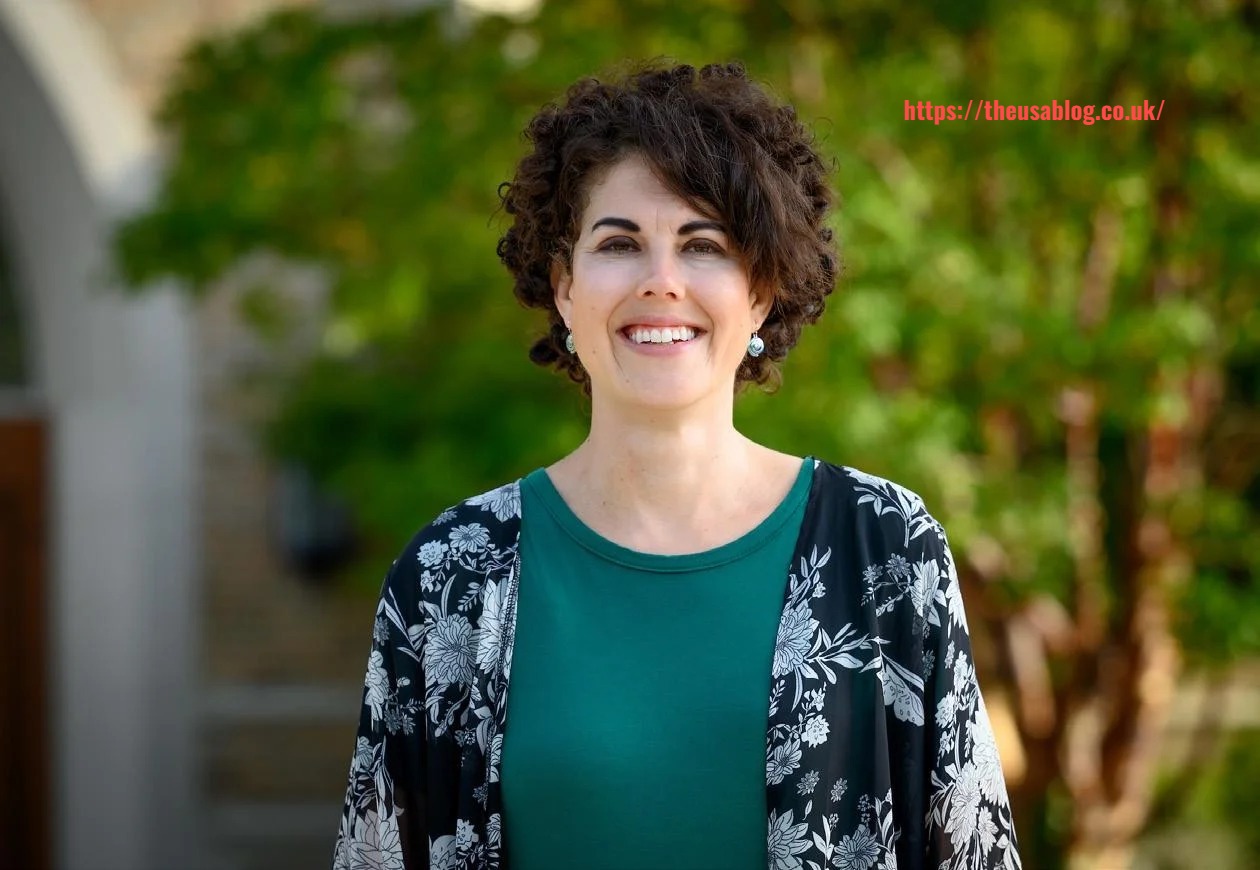Introduction
The tragic kansas wesleyan professor death cause has raised questions and concerns within the academic community and beyond. This article seeks to explore the circumstances surrounding this unfortunate event, delving into various aspects such as the individual’s contributions to the university, community reactions, and the broader implications of such incidents in academic settings.
Background of Kansas Wesleyan University
Kansas Wesleyan University, located in Salina, Kansas, is known for its commitment to providing quality education and fostering a strong sense of community among students and faculty. Established in 1886, the university has a rich history and offers a wide array of programs. The impact of its faculty members is significant, shaping the lives of countless students.
The Importance of Faculty in Higher Education
Professors play a crucial role in shaping the academic landscape. They are not only educators but also mentors, guiding students in their intellectual and personal growth. The kansas wesleyan professor death cause has brought to light the vital role that faculty members play in the university ecosystem and the emotional toll their loss can take on students and colleagues alike.
Details Surrounding the Kansas Wesleyan Professor Death
While the specifics of the kansas wesleyan professor death cause may vary, the incident often highlights underlying issues that need to be addressed. Understanding the circumstances requires a thorough examination of both the individual’s life and the context of the tragedy.
Life and Contributions of the Professor
The professor in question had a profound impact on the Kansas Wesleyan community. Their dedication to teaching and research was evident in the way they engaged with students and collaborated with colleagues. This section will provide an overview of their academic background, areas of expertise, and contributions to the university.
Academic Achievements
The professor’s academic achievements are noteworthy. They published numerous articles in reputable journals, participated in conferences, and were involved in various research projects. The loss of such a prominent figure raises concerns about the future of ongoing projects and the mentorship of students who looked up to them.
Community Response to the Death
The response to the kansas wesleyan professor death cause has been profound. Students, faculty, and community members have expressed their grief and condolences through various channels. Vigils and memorial services are often organized to honor the deceased, providing a space for collective mourning.
Emotional Impact on Students and Faculty
The emotional impact of losing a professor extends beyond the immediate circle of friends and colleagues. Students often feel a deep sense of loss, especially if they had a close relationship with the faculty member. Faculty members may also experience feelings of guilt or regret, questioning if they could have done anything to prevent the tragedy.
Investigation into the Death
Understanding the kansas wesleyan professor death cause often involves an investigation. This can include medical examinations, discussions with family members, and consultations with mental health professionals. The results of such investigations can provide clarity and, in some cases, help in preventing similar incidents in the future.
Common Causes of Faculty Deaths
Several factors can contribute to the untimely deaths of professors. These can include health issues, mental health struggles, or accidents. Each case is unique and requires careful examination to understand the broader implications.
Health and Wellness in Academia
The demanding nature of academic life can take a toll on mental and physical health. Professors often face high workloads, pressure to publish, and responsibilities outside of teaching. Addressing these issues is crucial for the well-being of faculty and, by extension, the students they serve.
Mental Health Considerations
Mental health is an important aspect to consider when discussing the kansas wesleyan professor death cause. Many professors experience stress, anxiety, and depression due to the high expectations placed on them. Providing adequate support systems is essential for promoting a healthier academic environment.
Preventive Measures and Support Systems
In light of the kansas wesleyan professor death cause, it is imperative to explore preventive measures and support systems that universities can implement to protect their faculty and students.
Mental Health Resources for Faculty
Universities should prioritize mental health resources for faculty, including counseling services, workshops, and stress management programs. Encouraging open discussions about mental health can reduce stigma and foster a supportive environment.
Training and Awareness Programs
Implementing training programs for faculty and students can help raise awareness about mental health issues and the signs of distress. This knowledge empowers individuals to seek help when needed and supports peers in times of crisis.
Community Building Initiatives
Building a strong sense of community can also mitigate the feelings of isolation that faculty may experience. Creating opportunities for social interaction and collaboration can foster connections among faculty members and between students and professors.
Conclusion
The kansas wesleyan professor death cause serves as a somber reminder of the fragility of life and the importance of mental health and community support in academic settings. By understanding the circumstances surrounding this tragedy, we can take steps to create a more supportive environment for both faculty and students. As we reflect on the contributions of the professor, we must also commit to fostering a culture that prioritizes well-being, open communication, and mutual support.
Call to Action
In memory of the professor and others like them, it is crucial to advocate for better mental health resources, community initiatives, and preventive measures within academic institutions. Together, we can ensure that the legacies of these individuals live on through the positive changes we implement in our educational communities.





